
Watch: Debora Moore
A pioneer of glass techniques, this renowned creator is one of the few Black female artists in her medium.
The curator, gallerist and artist is resisting the art establishment with big and bold immersive experiments.
by Kemi Adeyemi / June 1, 2022

Tariqa Waters opened Martyr Sauce in Pioneer Square in 2012. “There were [almost] no Black-owned businesses — let alone Black-owned galleries — at that time doing anything in the neighborhood,” she says.* “So, it was a disruption immediately for white folks.”
The tiny gallery, originally housed in the stairway leading up to her apartment, held an insistent intimacy. The faux ketchup ad she placed in the window listed the ingredients inside: “Piss, Distilled Vinegar (contains 2% or less of the following) Irreverence, High Fructose Cough Syrup, Non Hydrogenated Snake Oil, Street (and/or) Book Smarts, White Privilege, Black Rage, Natural Flavor, Artificial Color.”
Waters was born in Richmond, Virginia, in 1980, and grew up in the Washington, D.C., metropolitan area. She became a self-taught oil painter and muralist and went on to work in a wide range of mediums. In 2012, she and her family moved from Atlanta to Seattle, where she has established herself as a museum creator, curator and accomplished artist.
Her glossy neon pop art installations are inspired by iconic Black objects, icons, and memorabilia — from Kanekalon synthetic hair to, most recently, the 1960s-’70s television show Julia, starring Diahann Carroll, which she captured by way of a gigantic retro lunch box. Waters’ artful blend of humor, social commentary and lived experience earned a prestigious Neddy Award from Cornish College of the Arts in 2021, as well as two special recognition awards from the Seattle Art Museum.
Her explorations of Black life employ a technicolor palette and a sense of humor that can feel jarring in Seattle, a city whose art scene reflects its 65% white population. This is precisely why her reflections on the appetite white America has for Black culture are so incisive.
She often grafts her own image into her fabrications in order to comment upon how she “feel[s] like a product, just to be consumed,” she says. As the lines between Martyr Sauce the space and Tariqa Waters the artist blur, she has been reflecting on what it means to be consumed by Seattle’s art scenes.
Waters is a dynamic presence — her big and easy laugh is the perfect soundtrack to her playful fashion sense — and her work with Martyr Sauce makes her attractive to arts institutions, in particular, those looking to diversify their programming. This proved especially true after the recent wake of high-profile police shootings of Black people in Seattle and nationwide. “This was the first city where my art was being called in after we were getting murdered,” she says. “You know, like my worth is going up because of how many bodies are getting laid out.”
After partnering with museums to curate other artists’ exhibitions and develop community programming, Waters became increasingly exhausted by the expectation, exploitation and appropriation she experienced in these relationships. “You only want to capitalize off of my trauma and my pain,” she says of arts institutions and arts consumers alike, “and you want me to stay there.”
In 2020, Waters became the first Black woman curator at Bellevue Arts Museum, when she convened the highly regarded show Yellow No. 5. The experience was soured by the museum’s executive director and chief curator, who exhibited a documented pattern of disrespectful behavior toward Waters during the show. (He resigned soon after.)
Waters thinks arts institutions have a habit of using BIPOC people to demonstrate their commitment to diversity. “They're taking parts of you and saying that this is who they are, this is who they've always been,” she says. Meanwhile, for BIPOC artists and arts administrators, she says, “We're being played here.” For that reason, she says, Seattle’s arts institutions are “on a time out. A hard time out. That’s the politest way I can say it on the record.”
In the meantime, Waters is working to build Martyr Sauce into a space that fosters more equitable and just relationships between arts institutions and artists. Having moved Martyr Sauce to a new underground location in Pioneer Square several years ago, during the pandemic she acquired and opened the windowed street-level space above, and renamed it Martyr Sauce Pop Art Museum (MS PAM). The new space focuses on exhibitions, programming and partnerships that spotlight artists' experimental visions and facilitate future work.
Another way she’ll showcase artists is through a new television project, Thank you, MS PAM. The show (distribution details TBD) will feature Waters’ signature colorful humor and will be deliberately constructed with “clean breakaway segments” that will allow artists to use the footage as work samples to secure funding and opportunities. In addition to wanting artists to get paid for their work, Waters says, “I want [their work] to be documented well, so that they don't feel like the only place that that happens is in an institution where the old guard resides.”
It adds up to a lot of effort: working to support other artists, managing the administrative responsibilities required to run a dynamic arts space and also trying to secure funding to keep everything going. Not to mention making sure Waters’ own art practice thrives. “I initially started Martyr Sauce thinking that I would have time to create more work,” she says. “It was not the case at all.”
But with a renewed perspective brought on by the many losses of the pandemic, Waters is looking forward to digging deep into her own practice in order to ward off the burnout she feels approaching. It’s time for her to return to her own imagination. “Only thing I'm fighting for now is the land of make believe,” she says. “Don't mess up my head. Do not take away the thing that I need in order to make this make sense, and make this actually real. If I don't do it, it doesn't exist. If I don't create it, it doesn't exist.”
*Ed. note: This story has been updated to reflect the fact that two Black-owned artistic businesses were operating in Pioneer Square when Martyr Sauce opened: the eponymous Mariane Ibrahim Gallery and clothing designer Tarboo, co-owned by Maikoiyo Alley-Barnes.
Black Arts Legacies Project Editor

A pioneer of glass techniques, this renowned creator is one of the few Black female artists in her medium.

An influential member of the noted Northwest School, the Central District sculptor turned his home into a community center for artists.
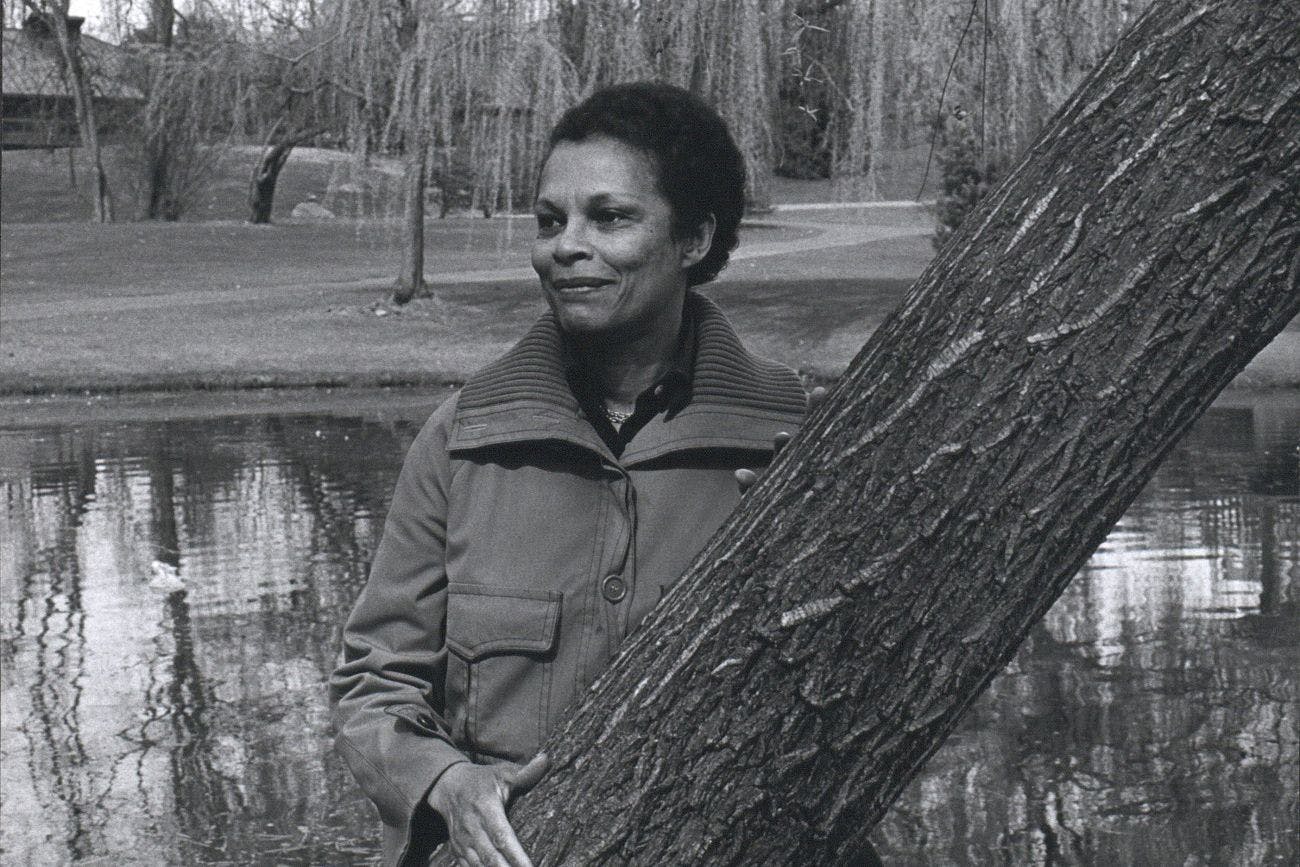
As a direct connection to the Harlem Renaissance, this often overlooked painter inspired generations of Seattle movers and shakers.
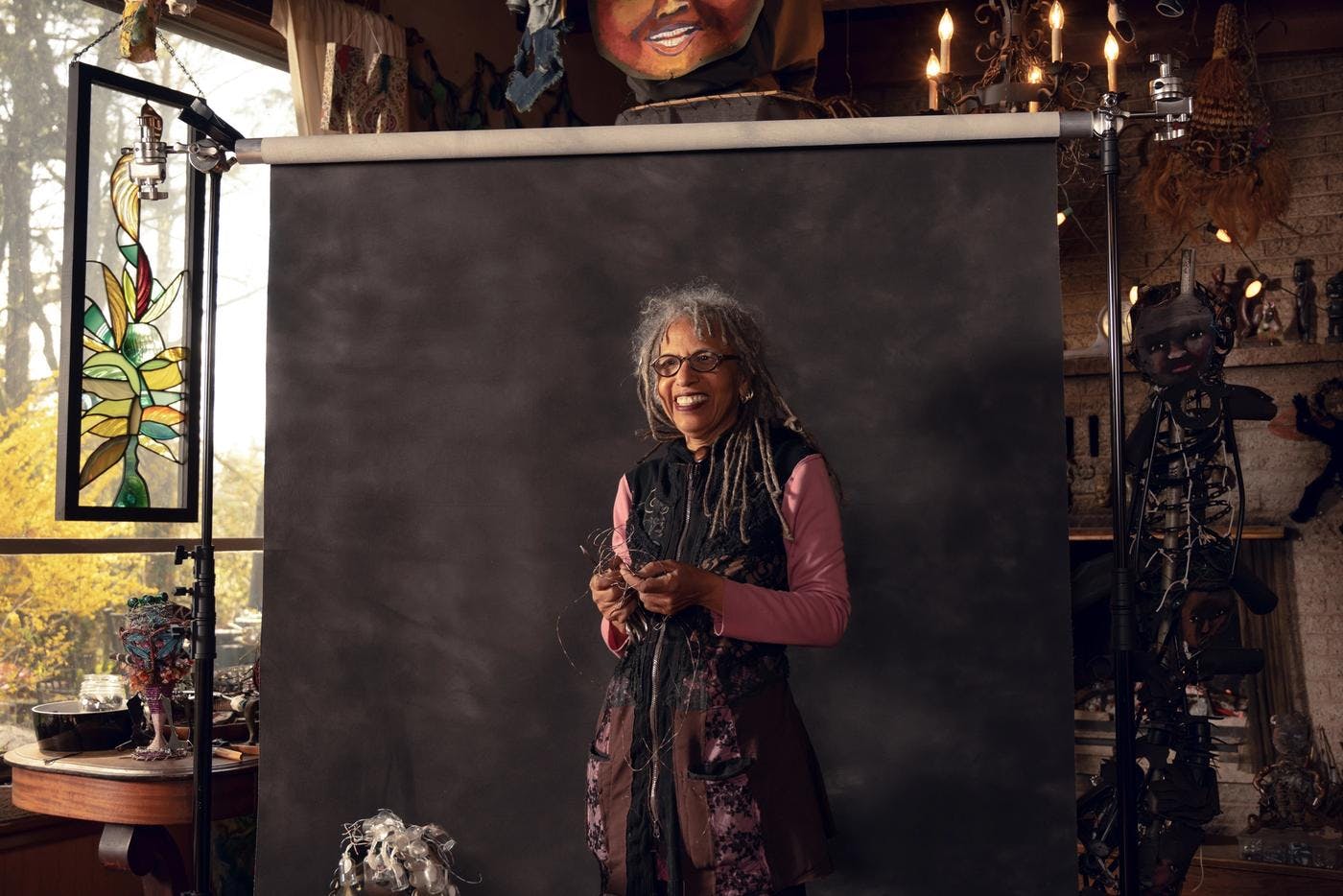
Salvaging old cloth and scrap metal, the longtime Seattle sculptor finds beauty in what’s discarded.
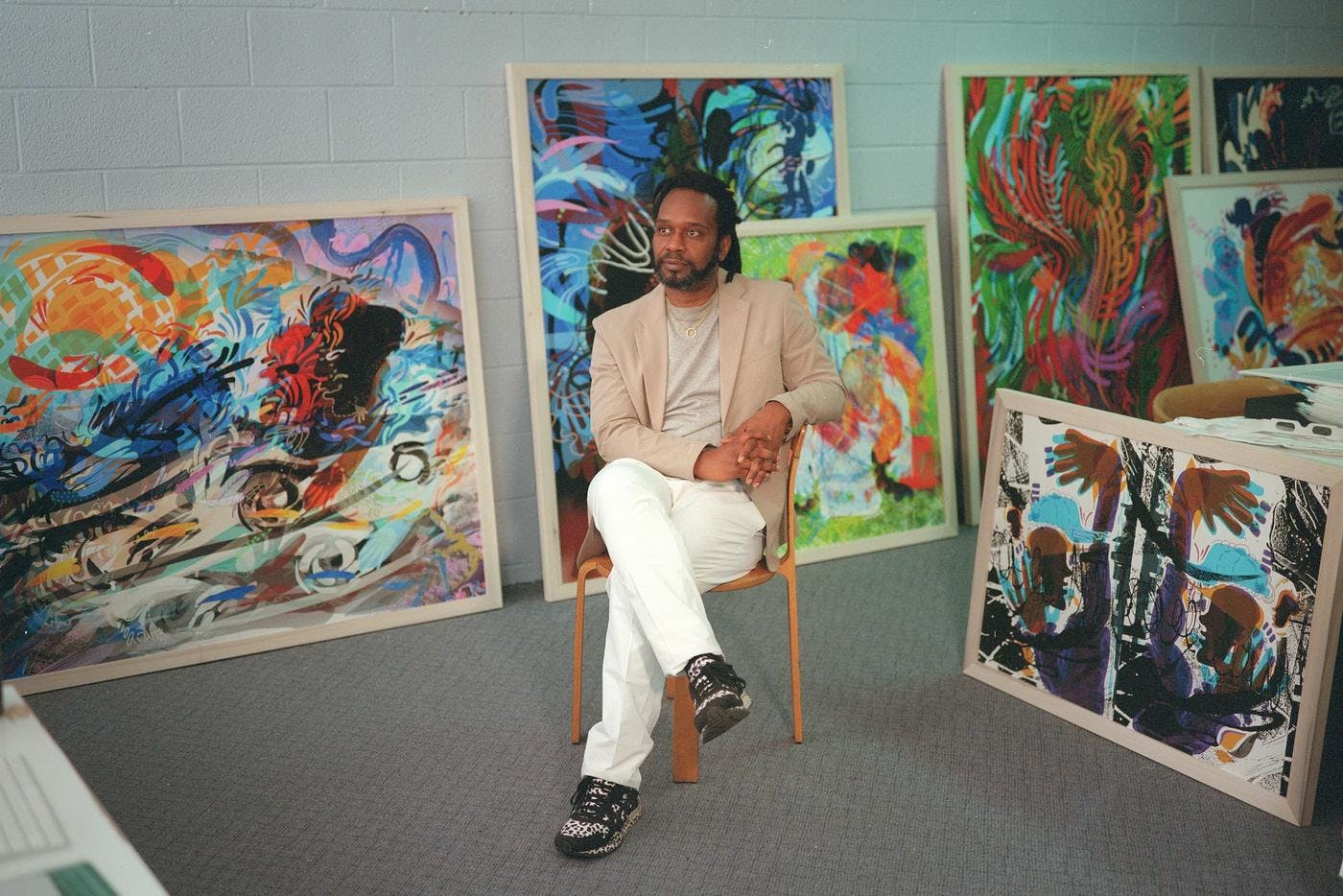
This Seattle artist channels his personal history and activism into vibrant murals and abstract paintings.
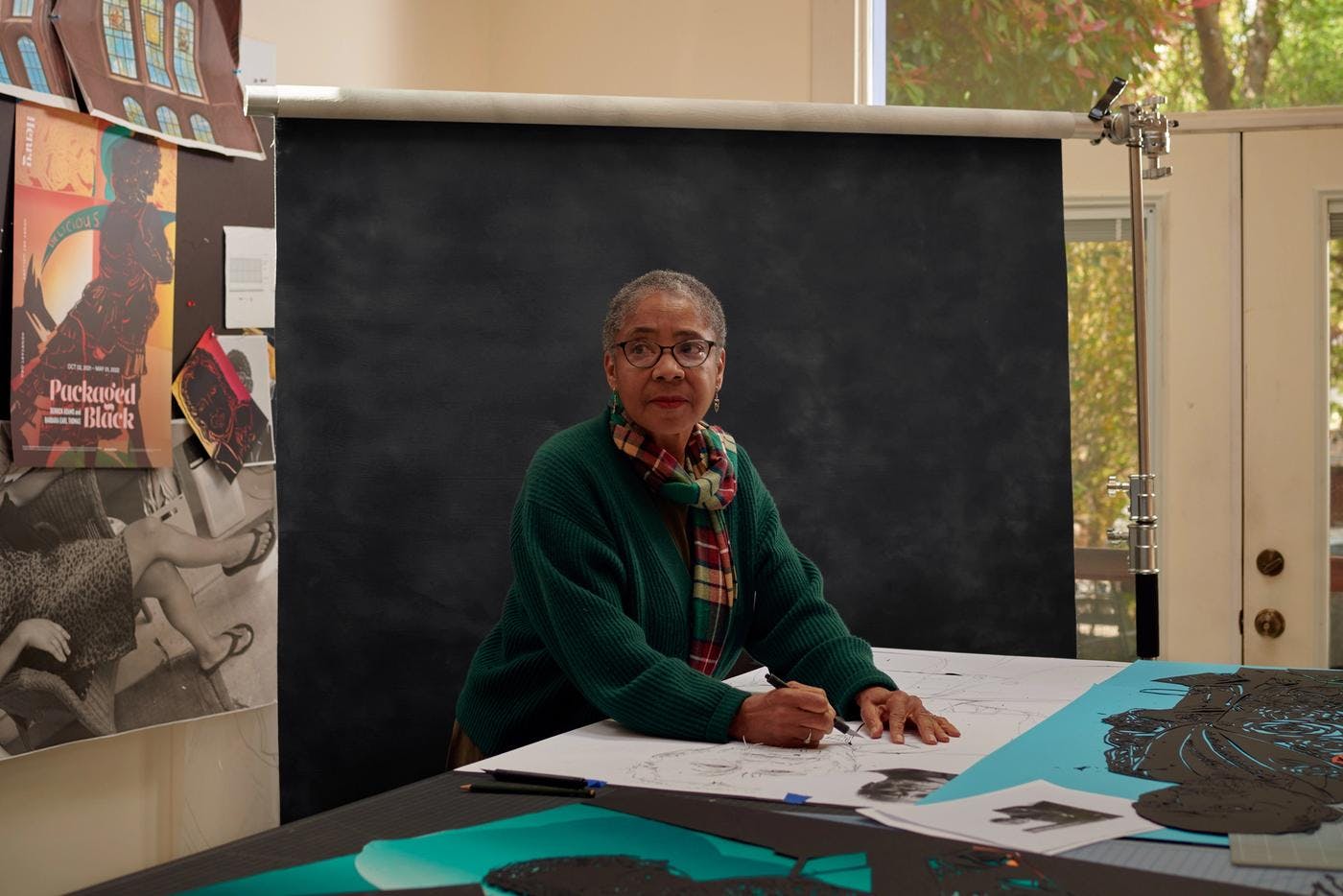
With meticulous skill and a communal approach, the longtime Seattle artist has cut her own path.

The first Black art instructor in Washington was an experimental artist ahead of his time.
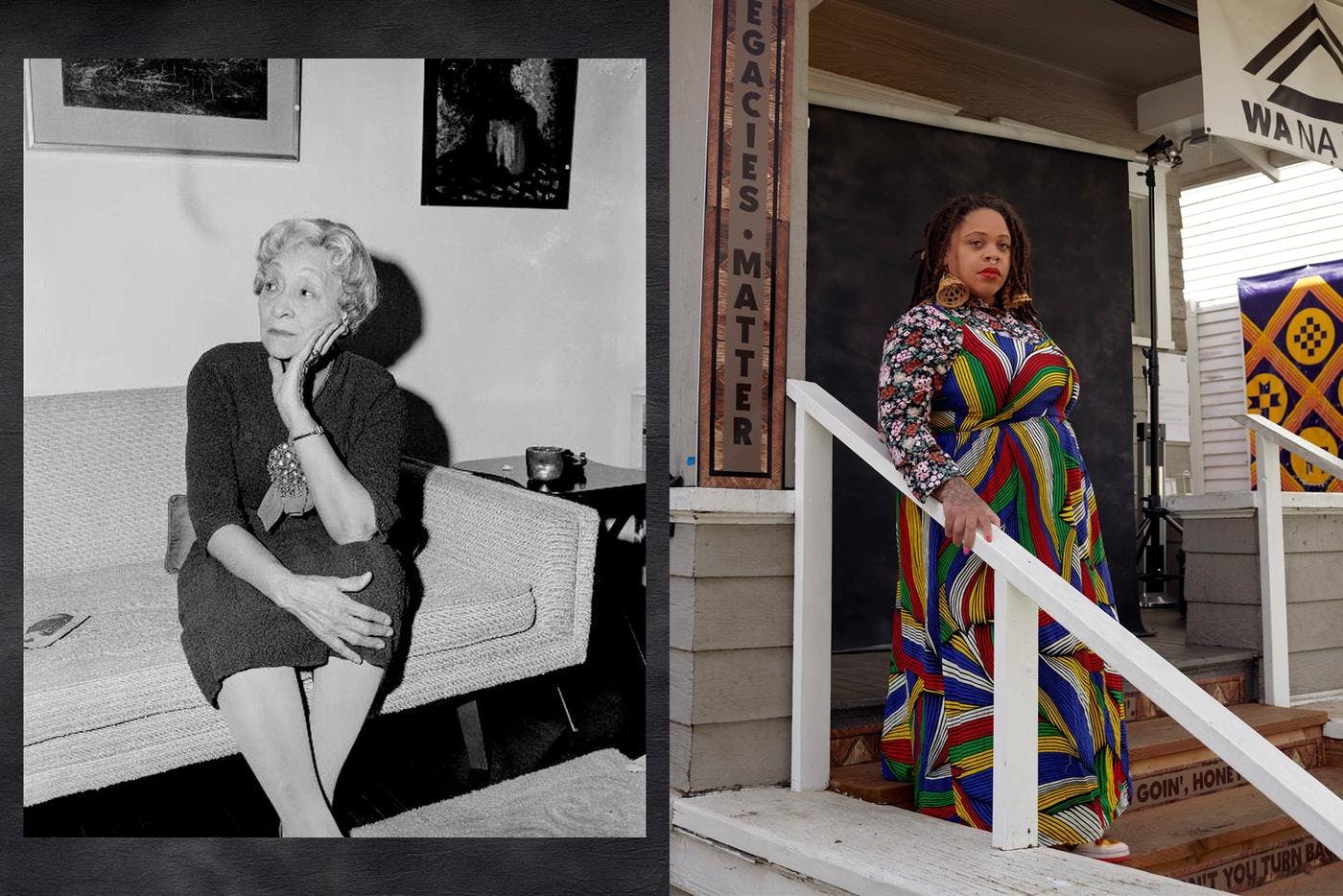
Two curators separated by decades turn homes into galleries to support artists.
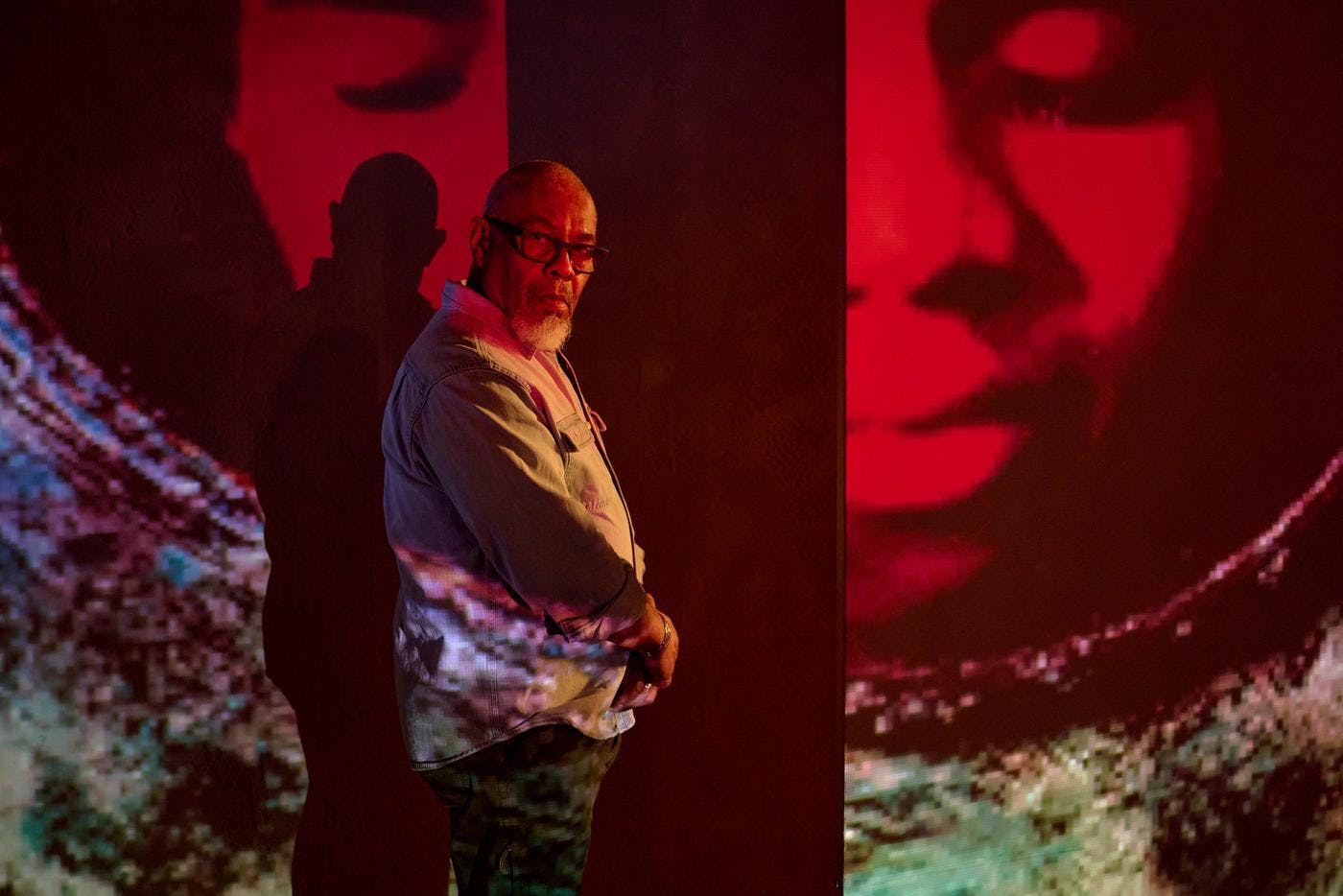
The influential art teacher uses books, found objects and photography to provoke thought and shift perception.
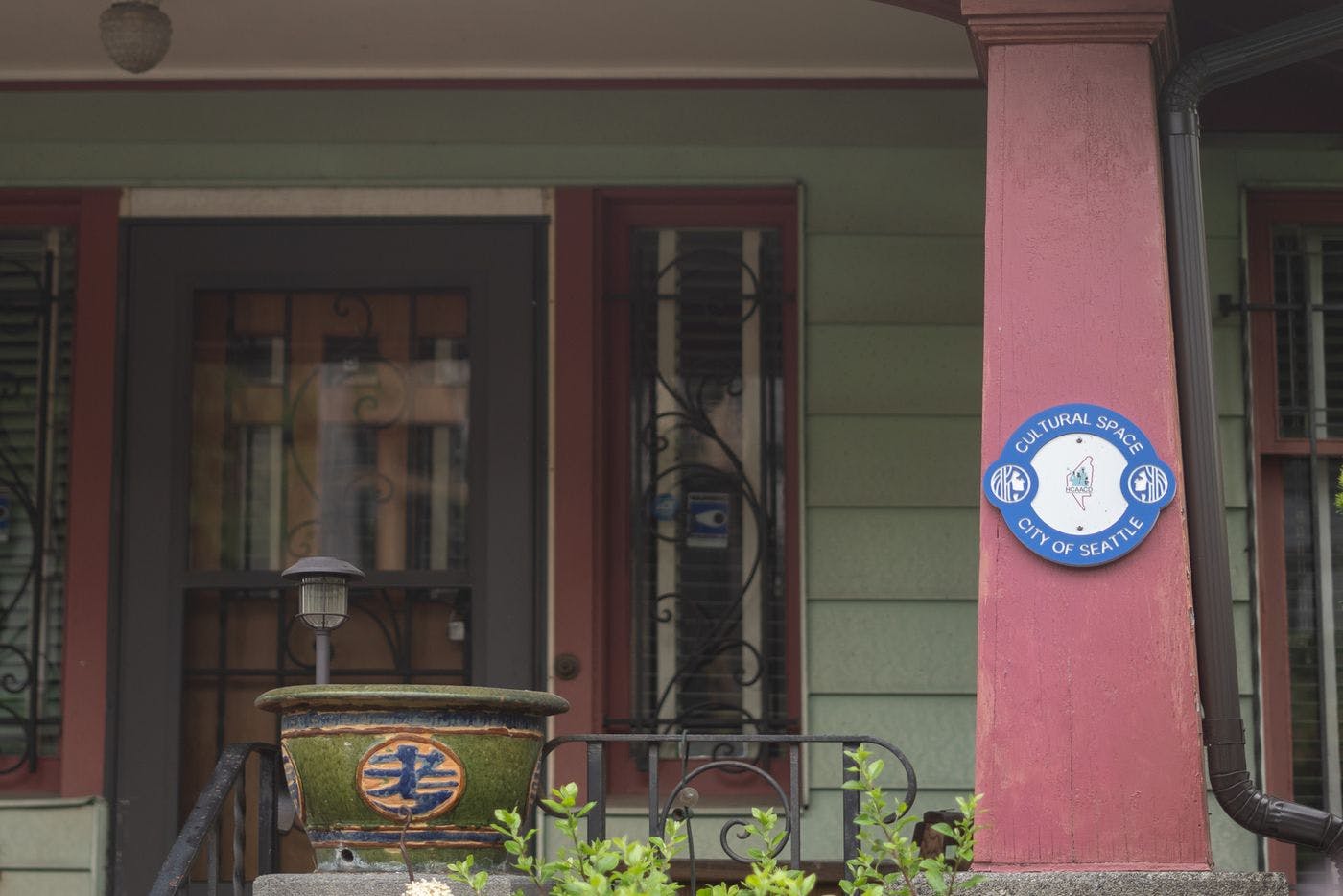
The late couple's house is now a cultural center that inspires the next generation.
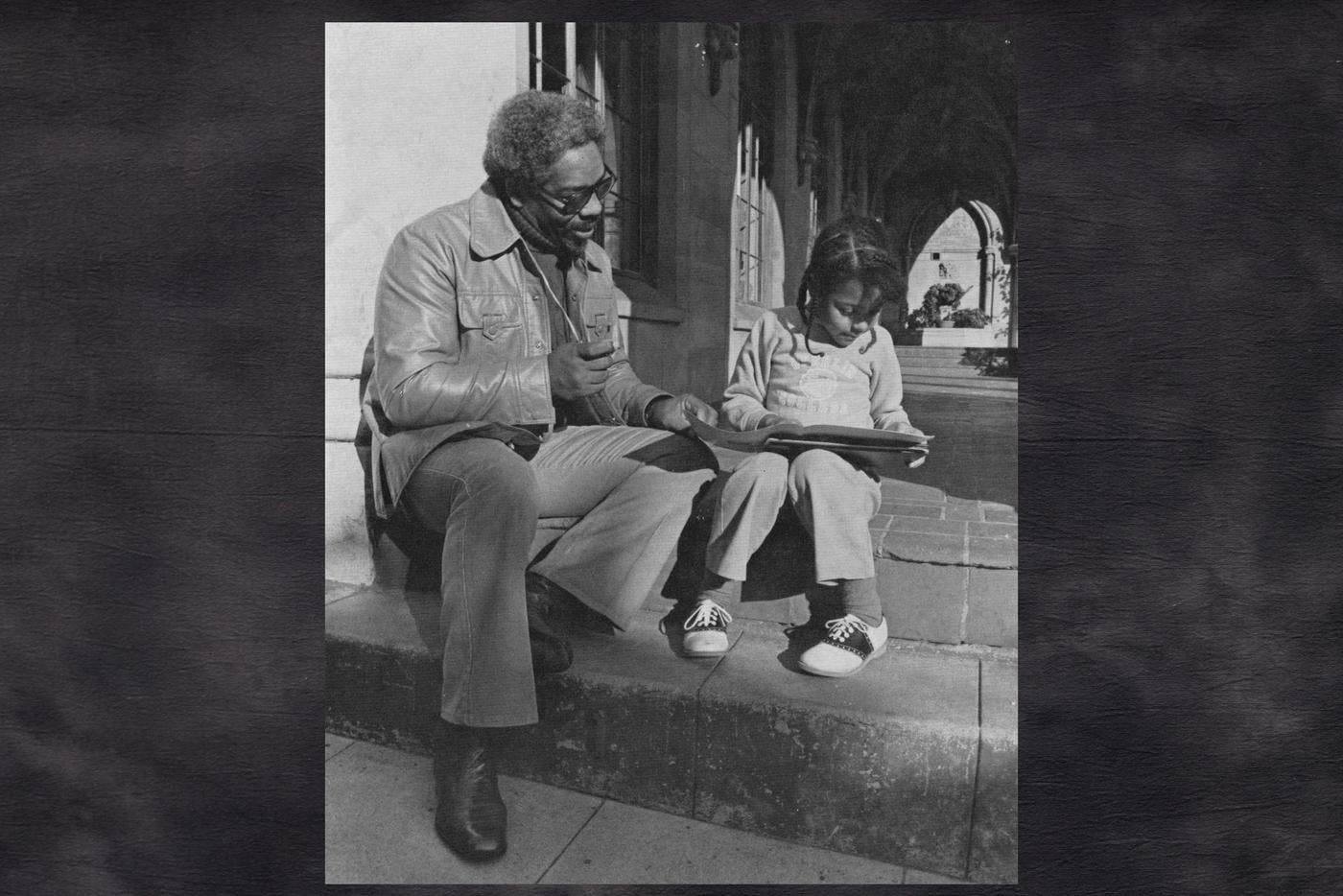
The late director, producer, stuntman and teacher used film and video production to lift up the voices of Seattle’s Black community.

Through public murals, collaborative projects and custom sneakers, this artist is leaving her footprint on Seattle history.
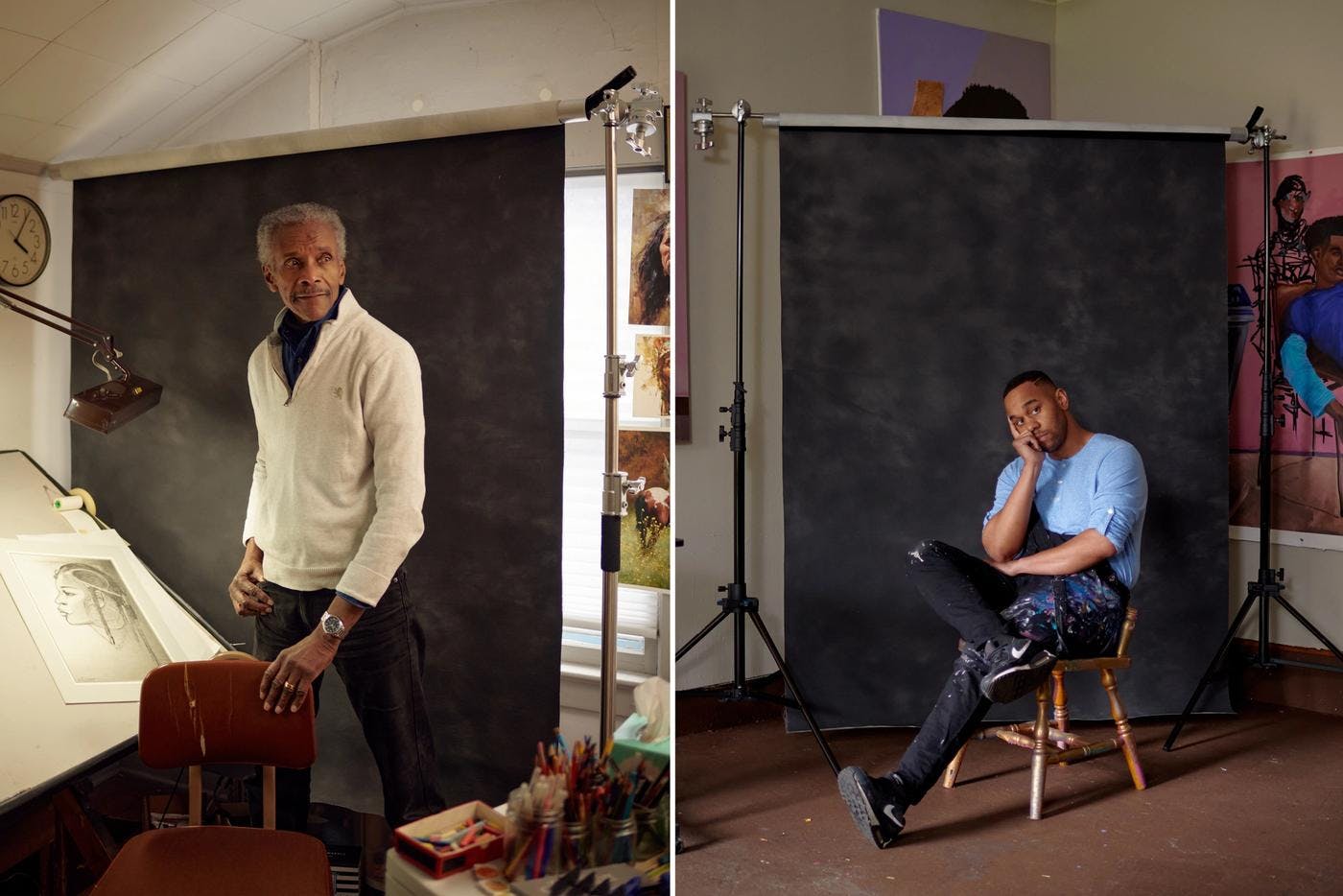
From intricate portraits to multistory murals, the artists bring Black history and bold color to the cityscape.
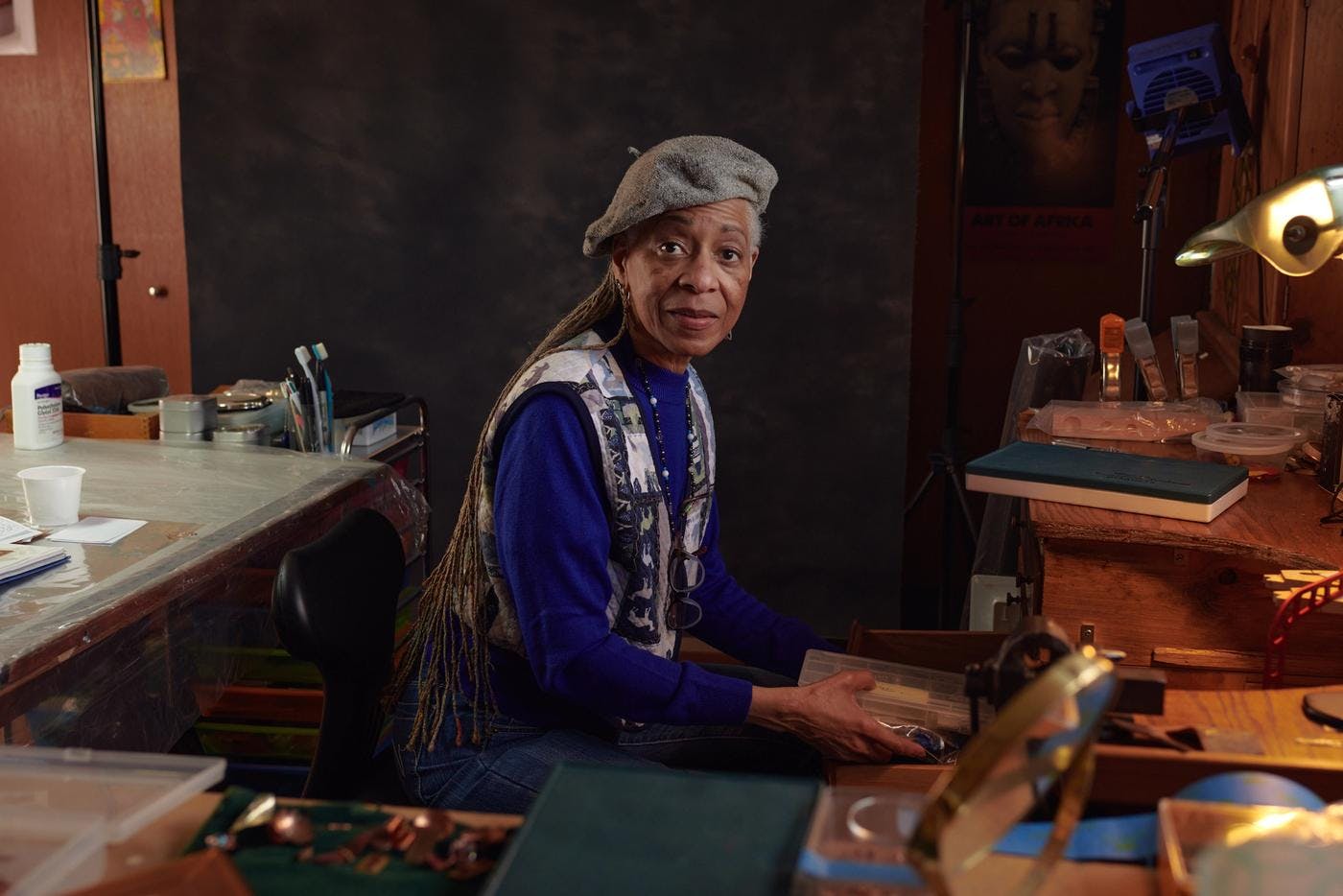
Through ceramics, sculpture, jewelry and public art, the multifaceted artist makes Black history tactile.
Thanks to our Sponsors
Your support helps Crosscut create projects like Black Arts Legacies. Learn how you can help with a one-time donation or recurring membership.
Support Crosscut